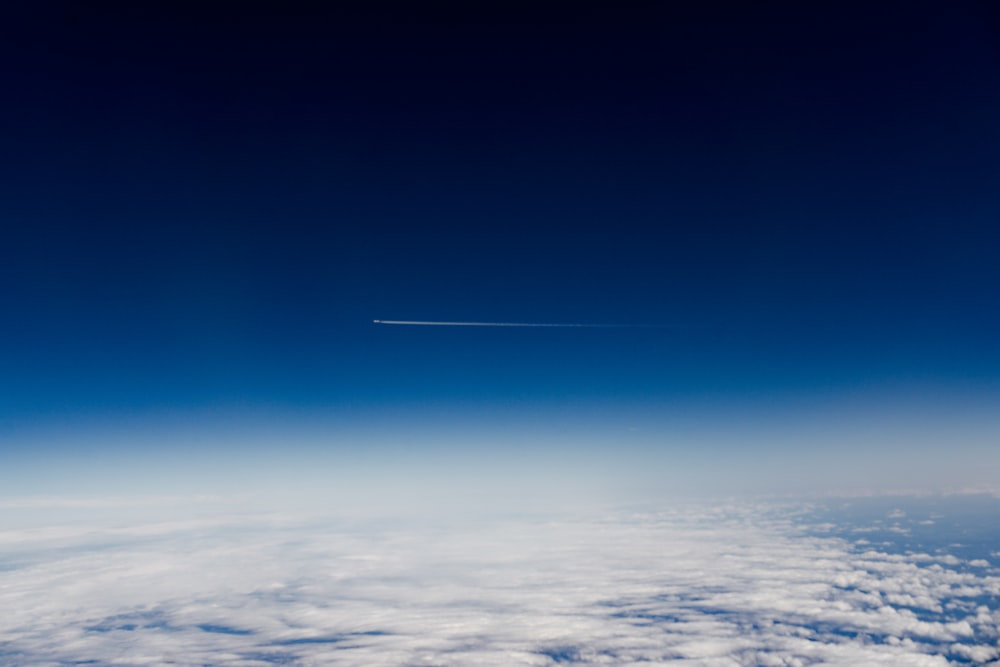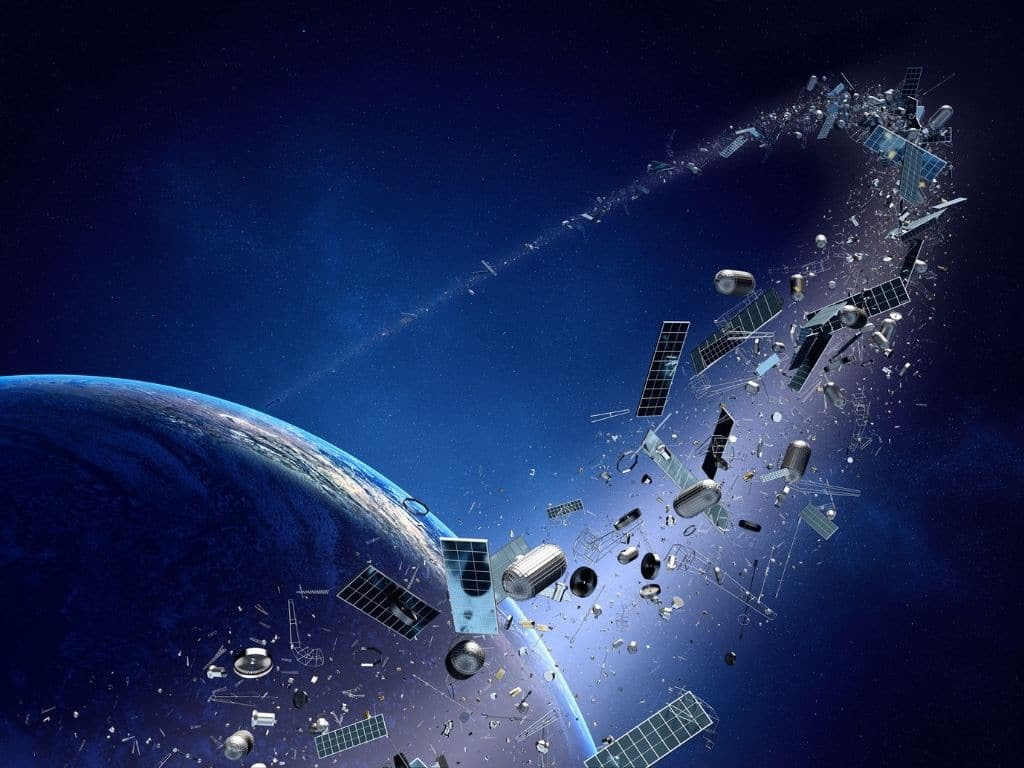
Space pollution, which is developing in parallel with the conquest of space, can be divided into three categories: pollution of space, pollution of planets, and pollution of the Earth.
While most space debris disintegrates when it falls back into the atmosphere, rocket fuels are a pollutant that impacts our environment, as is some debris that has not disintegrated or is composed of toxic or radioactive materials, such as the Kosmos 954 satellite, which used a nuclear engine and whose debris scattered to. Canada in 1978.
During explorations, spacecraft and astronauts can contaminate the extraterrestrial environment with bacteria from Earth, as it is now accepted that certain terrestrial bacteria can survive in a hostile extraterrestrial environment. COSPAR, the Committee on Space Research, has published a reference text on the safeguards to be taken, depending on the type of planet and the nature of the mission.
But the pollution with the most visible consequences is that of space debris remaining in orbit around the Earth, consisting in particular of the last stage of launchers putting satellites into orbit, pieces of satellites, spare parts, or parts lost by astronauts during spacewalks. This debris not only collides with each other to create smaller pieces of debris but can also collide with other operational spacecraft, such as the International Space Station, rockets, and active satellites.
This risk means that trajectories have to be altered to avoid a collision, repairs have to be carried out in the event of an impact, or a satellite has to be considered dead in the water when a piece of debris destroys it, as was the case with the French satellite Cerise in 1996.
Orbital saturation is becoming a very real problem, even if specific orbits are planned. To find a solution to this traffic jam, scientists are proposing to use the Earth’s medium orbit to avoid saturating the low Earth orbit. This saturation is partly explained by the development of technologies that use satellites to operate, which has resulted in the industrialization of low-Earth orbit, with the presence of satellites from SpaceX, OneWeb, and Amazon.
According to the authors of a study published in the journal Acta Astronautica, it is safer to exploit medium-Earth orbit than to continue saturating low-Earth orbit with new spacecraft, and to increase the lifespan of spacecraft.
Currently, the medium-Earth orbit is little used due to technical constraints, as the Van Allen radiation belts around the Earth trap energetic particles emitted by the sun, posing a danger to spacecraft.
Of the 3,000 satellites in operation, nine out of ten are in low-Earth orbit, protected from the radiation belts, or much further out in geostationary orbit, and only one out of ten are in medium-Earth orbit. The team of scientists proposes to use medium-Earth orbit by first sending a spacecraft into low-Earth orbit and then using an integrated propulsion system to push it into medium-Earth orbit.

To do this, they believe materials from standard electronics manufacturers can be used, as opposed to expensive materials specific to space technology. Transiting through low-Earth orbit would also reduce launch costs, as flying in low-Earth orbit today divides the cost by five.
According to the authors of the study, future launches – whether Starlink’s next 30,000 satellites or Amazon’s 3,236 – could incorporate an additional safety system to avoid the risk of rapid malfunction. Such risk management is essential to avoid saturation of the mean Earth orbit, given the widespread practice of using demonstration prototypes to test onboard technology.
The greater the number of demonstration prototypes that fail, the greater the amount of space waste. At present, the European Space Agency estimates that there are over 28,000 pieces of space junk in the world.




